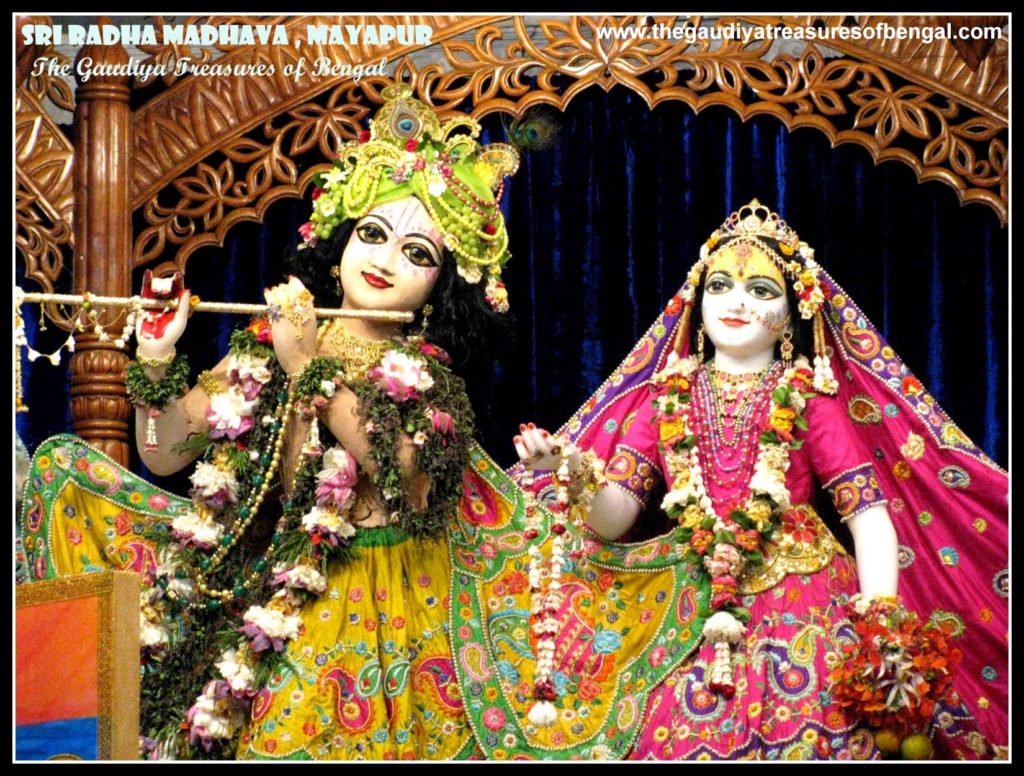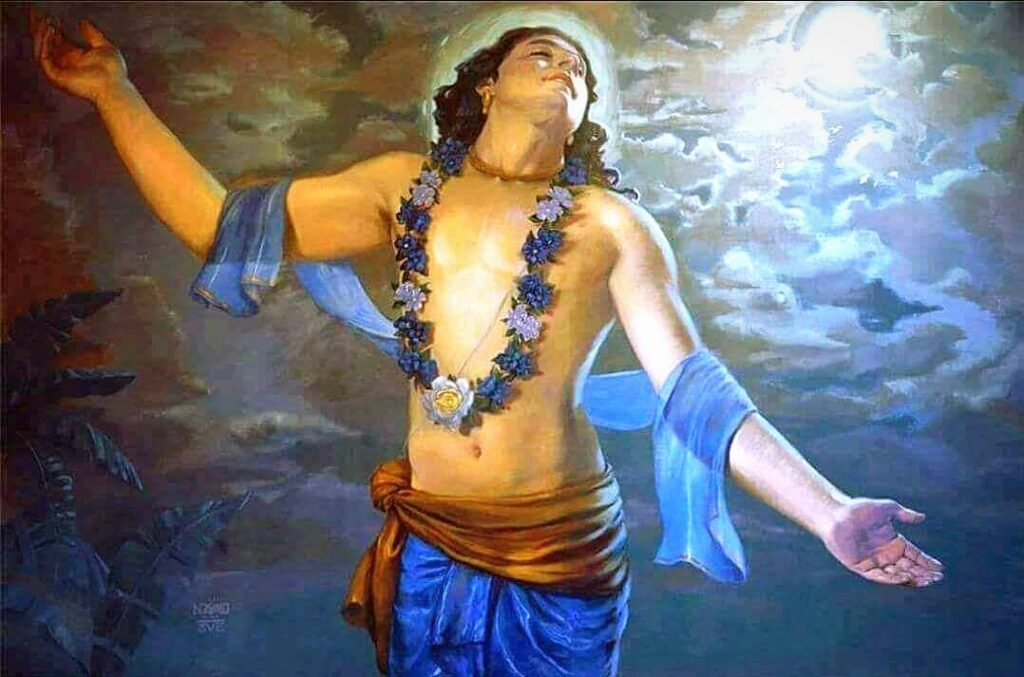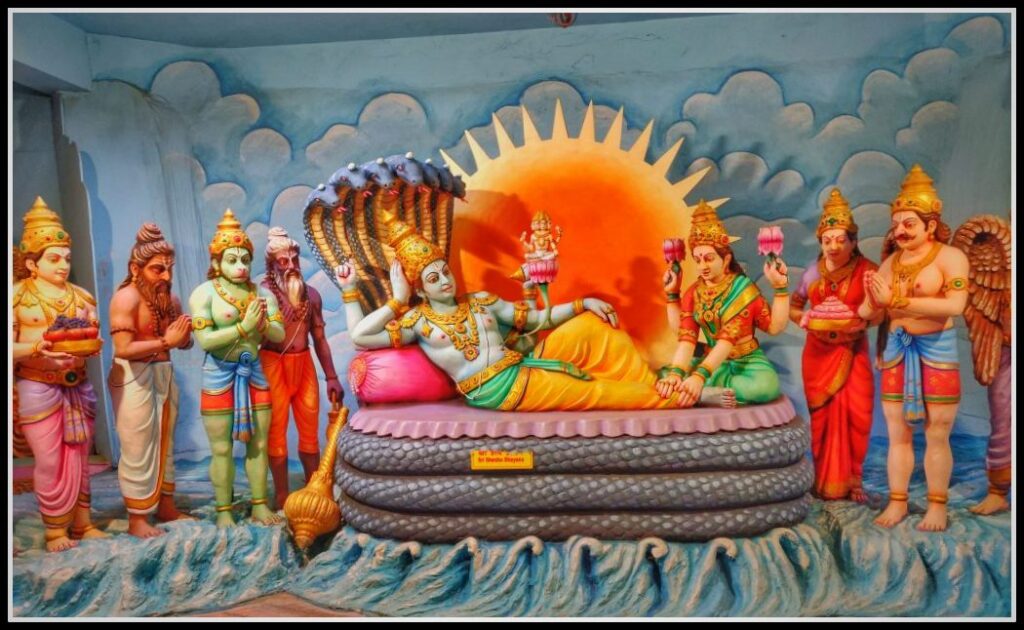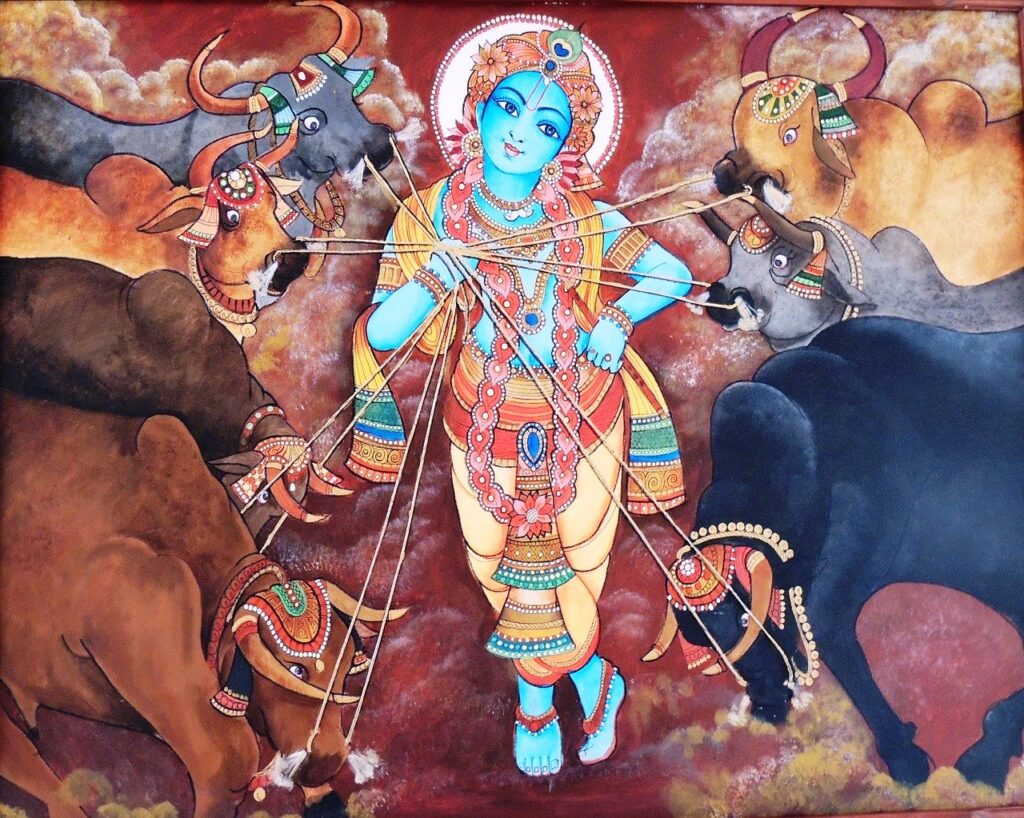
Who is a Guru ? Why do we need a Guru? How to identify a real Guru ? What is the difference between a real Guru and a Bogus Guru? In this article, we shall try to discuss, cite Vedic scriptures and find answers to these above questions.
#1 Why do you need a Guru ?
Tad vijnanartham sa gurum evabhigacchet
Samit panih srotriyam brahma nistham
(Mukunda Upanishad 1.2.12)
–
One who desires to know the absolute truth must approach a bonafide spiritual master and offer him everything required for sacrifice. Such a spiritual master must be fixed in the absolute truth, having heard it in disciplic succession.
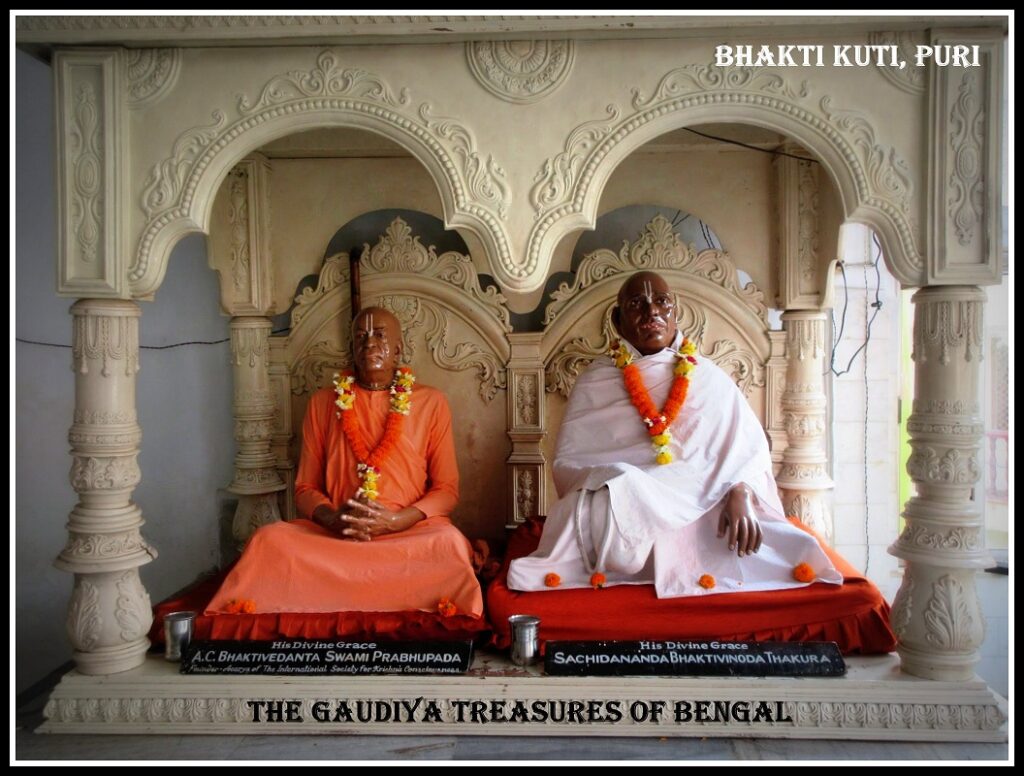
Yasya deve para bhaktir yatha deve tatha gurau
Tasyaite kathita hy arthah prakasante mahatmanah
(Svetasvatara Upanishad 6.23)
–
Only unto those great souls who possess implicit faith upon Guru and Krishna are all the imports of the Vedas fully revealed.
Janana-maranadi-samsaranala santapto dipto sira
Jala rasim iva upahara panih srotriyam
Brahma nistham gurum upasrtya tam anusarati
(Vedanta Sara 11)
–
Just as a person whose head is afire runs towards water, similarly one burning from the fire of material existence birth, death, old age, and disease must run to a Guru for relief. Such a guru must be well versed in the conclusions of Vedic literature. One should strictly follow the Guru’s instructions and become subservient to him.
Brahmanda bhramite kona bhagyavan jiva
guru-Krsne prasade paya bhakti lata bija
(CC, Madhya, 19-151)
–
Wandering throughout the universe, by the mercy of Guru and Krishna, a fortunate living entity receives the seed of the plant of devotion.
